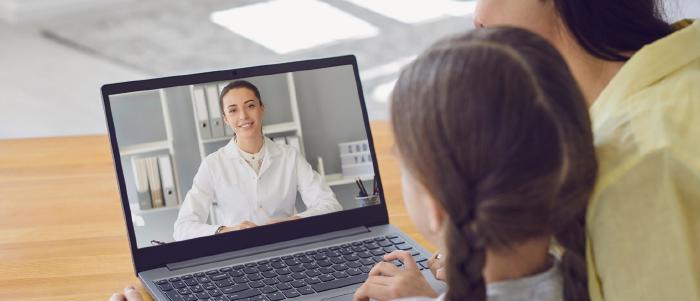
July 2 2020
4 min read
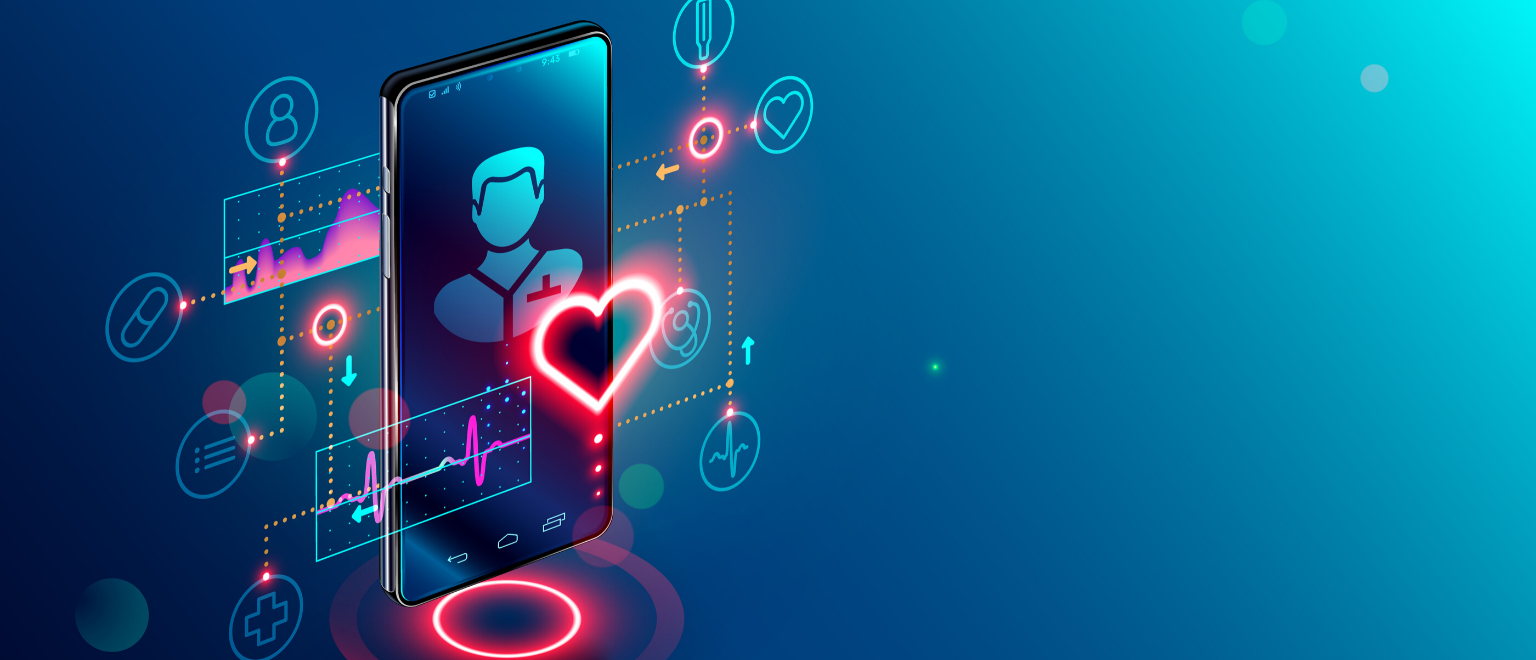
Jun
Human memory is complex. Even after centuries of being perplexed with its working, scientists, engineers, neurologists, psychiatrists, metaphysicians, philosophers, spiritualists, and the commoner are confused and equally in awe of the working principles. While for a very long time, the brain was considered as the seat of memory, researchers have now come up with the fact that memory is distributed over muscles and nerve endings, stored as chemicals in newly formed connections. However, logically, it’s simple enough. We have permanent memory, short term memory, and long term memory. Its simpler to remember through an analogy with the basic computer memory, where the ROM stores permanent information, the RAM is the seat for working or short term memory while the HDD stores the long term memory. This organization is true for every individual, varying only in the degree of retention.
The same human, however, starts remembering differently when in groups. Public memory is another intriguing topic that can be discussed at another time. As stated by Houdek and Phillips, “In its broadest sense, public memory entails the acts and processes through which memories move beyond the remembering individual and become shared, passed on, and in this way, form a broader network through which people gather a sense of collectivity.” However, however intriguing it may be, a basic fact stays true about public memory. “ Public Memory is short! Though not scientifically (though I have my reservations about how science proves most things) proven, this Steve Martin quote is almost an adage now. Now you don’t remember Steve Martin right? See, even individual memory is short! And Google gets paid!. Short public memory makes us repeat mistakes.
I understand that at this point some of my readers would disagree and not buy Mr. Martin’s statement as a logical angle. Well, at this point let’s just agree to disagree then and carry on, because that’s where I am merely building the story. And moreover, I hope you are okay with the proverb “The proof of the pudding is in the eating”! Well COVID19 is the pudding!
We ate the pudding; in fact, still eating it and its proof that public memory is short. In recent times, we have seen the Swine Flu, Bird Flu, Bovine Flu, Mad Cow Disease, and counting. We as a race are aware of the protections we need to take to avoid contracting such diseases. We have known it over the centuries. We haven’t followed them though. We have faced epidemics and pandemics before. We have seen plague, cocoliztli, yellow fever, measles, AIDS, ebola, zika, and flu periodically. Yet we seem to forget! Every single time! Or are we not learning?
The human race is yet again faced with a similar challenge in COVID19. Are we going to learn this time? Are we going to get into hygienic habits? Are nations going to prioritize healthcare over defence? Are researchers going to be paid more than footballers? Lot of questions! Only time will answer!
Nations irrespective of their ideologies need to scale up healthcare to universal healthcare and pave ways for private organizations to invest more. Researchers need to think of building gadgets as single point systems to have a large number of tests done from a single point of contact. We have mastered miniaturization already. Forget profits from patents. Its time to come together to build a MAGIC CHAIR or a MAGIC HAT that can do all non-invasive tests for a preliminary check-up. Interoperability standards like DICOM already exist.
There is an urgent need to build health kiosks. Points spread across cities and villages much like modern-day ATMs. Pathology is already delivered at our doorsteps. There is an urgent necessity to train private stakeholders in operating such magic devices and license them to operate. Private companies need to invest in telehealthcare. Governments are already opening up telemedicine regulations. It’s time public demand grew! It’s time public memory evolved!
Motivated folks? Nigh? Well, read on! Not really? Read on then; certainly! You have invested so much time, then read on.
What should be the plan of action? It’s time for multi-pronged action.
We need to develop a device. Yes, a single device that will be multipurpose. Maybe a chair! It can be a chamber or a hat. It may even be a suit. Purpose? Put it on and it can do all possible non-invasive tests, like blood pressure, temperature, heartbeat, oxygen level, ECG, EEG with no or minimum external intervention. Not so difficult!
It must be cheap, easy to use, non-frightening to look at, lightweight, fitting all sizes, and easy to repair and maintain. It should have an interface with IOS or Android phone and can communicate over BlueTooth or Wi-fi. Importantly, it should have a self-sanitizing feature.
Train people to operate such devices. They should have a fundamental knowledge of human physiology and know how to use machines and take readings.
Trained personnel should have a license to operate. This will bring in the necessary quality check needed. A licensed operator should be allowed to operate freelance or for an organization. Allow them to provide doorstep service. The license will bring in accountability.
Make available easy financing to build health kiosks to individual licensed operators.
Step 5: Software support
Software support may be utilized to aid in tracking a patient and also tracking the service provider. It may be a minimal contact arrangement which will record the patient’s individual details and read the sensor outputs from the planned device detailed in step 1 and store it against the patient.
The software can also be used to give a preliminary diagnosis from the readings based on experience-based learning embedded in the machine. Yes, it can be AI – Artificial Intelligence.
Monitoring continuous inflow of vitals can even alert the patient or service provider for any emergency situation based on software predictions.
Statutory control may be required based on the software’s prediction reliability. Also, it would be essential for the software to have a certificate from a statutory body and should allow periodic updation.
The test results should be forwarded to the patient or the medical practitioner recommending the tests remotely using a simple and reliable communication platform.
We have now collected a huge amount of data and there is adequate intelligence beneath those to be uncovered. It’s time that we invest time, money and technology to analyze and predict.
Next pandemic and my phone should be smart enough to let me know how vulnerable I am and guide me through the next steps and reduce dependency on my healthcare provider.
Sounds comprehensive and doable? It has to work. If not this, then maybe something else. But, fellow homosapiens, the medical system needs a major revamp, and NOW IS THE TIME. Or shall we repeat our mistakes? The gypsyman called time shall not wait! Do we change the way public memory works or do we continue with it the way it is?
Ladies and gentlemen, the choice is ours; for it’s our lives at stake. To be the croc or the dino? That is the question!

July 2 2020
4 min read
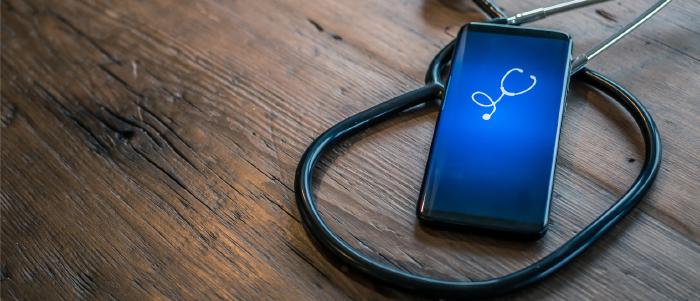
June 22 2020
4 min read
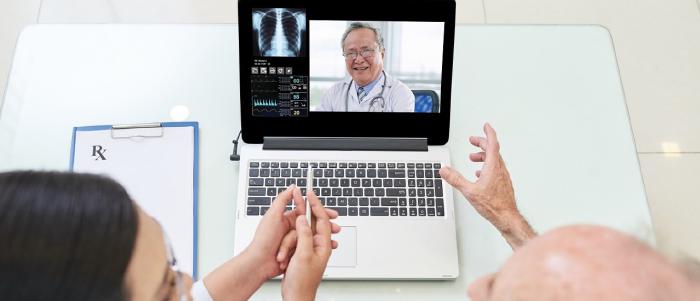
June 1 2020
4 min read
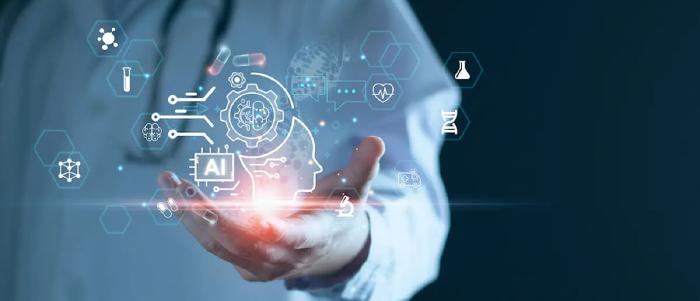
December 9 2023
8 min read